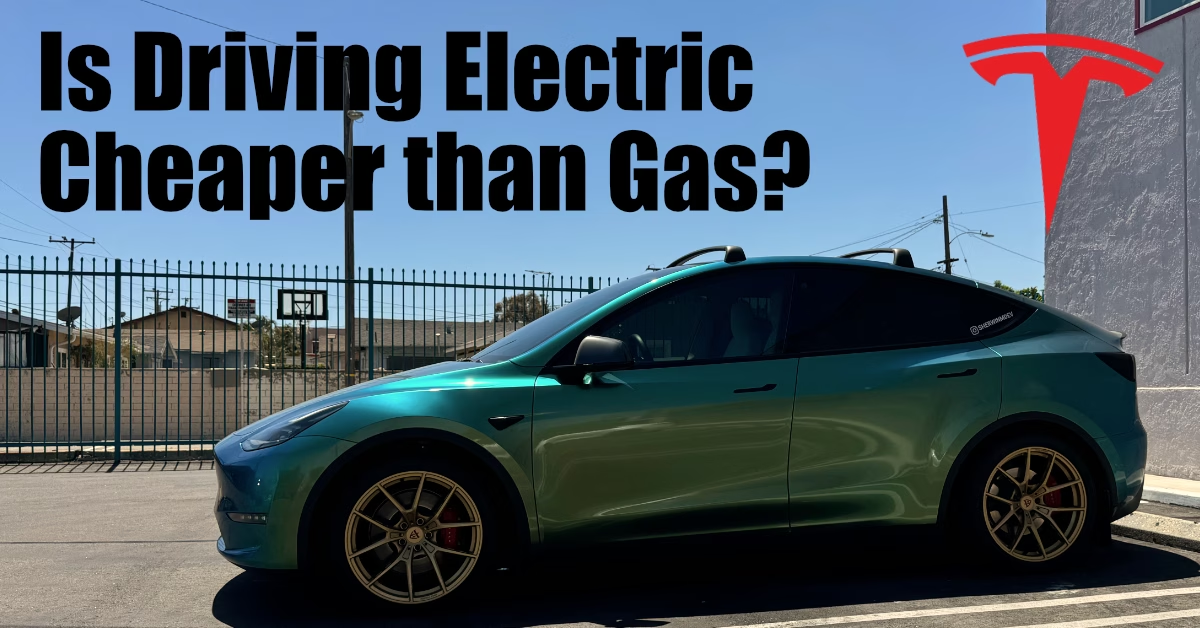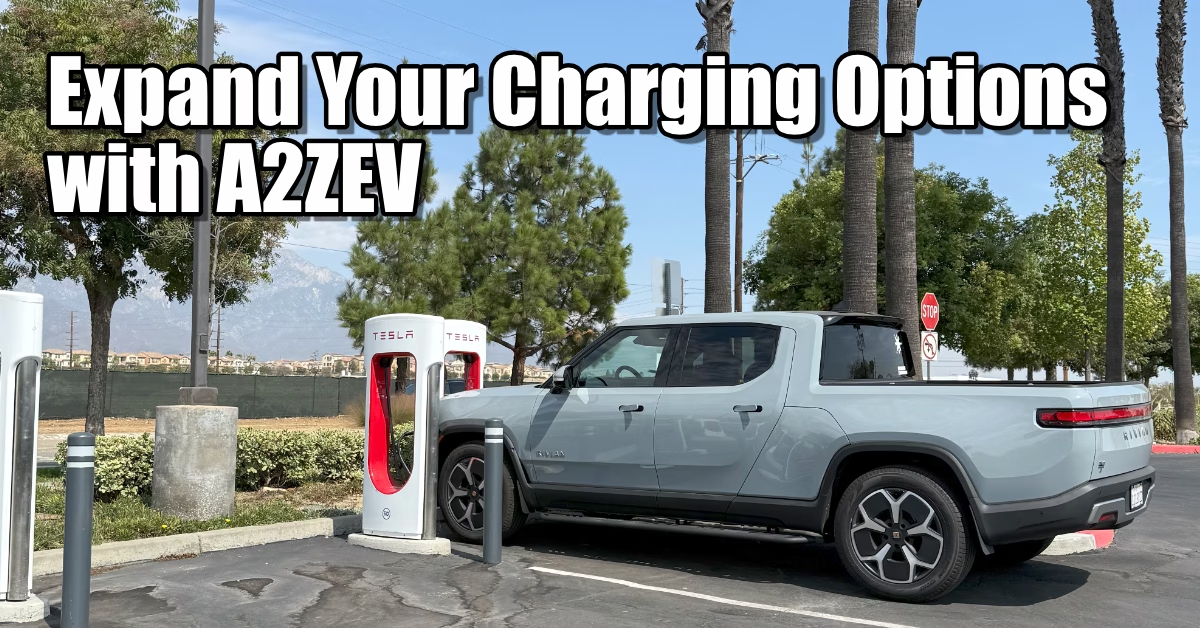As the popularity of electric vehicles continues to rise, many people are considering the Tesla Model Y and Model 3. Both cars offer impressive performance, range, and technology. However, one of the biggest factors to consider when making a purchase is cost. In this blog post, I’ll compare the cost of ownership for the Tesla Model Y and Model 3, based on real-world data from my own experience and a friend’s. This includes a Tesla Model Y electricity vs gas cost comparison.
Electricity vs. Gas Costs
One of the most significant cost differences between the Model Y and Model 3 is the fuel cost. Since both are electric vehicles, they don’t require gasoline. Instead, they use electricity. This Tesla Model Y electricity vs gas cost comparison shows that the cost of electricity varies depending on your location, but it’s generally much cheaper than gasoline.
I’ve been tracking the electricity costs for my Model Y and have found that it’s significantly cheaper than driving a gas-powered car. Even in areas with higher electricity rates, the cost savings are substantial. This Tesla Model Y electricity vs gas cost comparison is quite revealing.
Efficiency
Another factor that affects the cost of ownership is efficiency. The Model Y and Model 3 are both very efficient electric vehicles. However, there are some differences in their efficiency ratings.
My Model Y Performance has an average efficiency of 279 watt-hours per mile. My friend’s Model Y Long Range has an average efficiency of 305 watt-hours per mile. This means that the Model Y Performance is slightly more efficient.
Other Factors
In addition to electricity and gas costs, there are other factors to consider when comparing the cost of ownership for the Model Y and Model 3. These include:
- Insurance: Insurance costs can vary depending on several factors, including your driving record, location, and the specific model of Tesla you choose.
- Maintenance: Electric vehicles require less maintenance than gas-powered cars. However, there are still some costs associated with maintenance, such as tire replacements and brake pad replacements.
- Depreciation: The value of both the Model Y and Model 3 will depreciate over time. However, electric vehicles tend to depreciate faster than gas-powered cars.
Calculations
I’ve shared two Google spreadsheets for you to review. The first outlines the calculations based on ownership between my friend and me. The second is a customizable template you can use for your own analysis. These spreadsheets include Tesla Model Y electricity vs gas cost comparison data.
Conclusion
Overall, I believe that the Tesla Model Y is a more cost-effective option than the Model 3. It is more efficient, has a longer range, and offers more features. However, the best choice for you will depend on your individual needs and preferences. The Tesla Model Y electricity vs gas cost comparison supports this conclusion.
I encourage you to do your own research and calculate the costs based on your specific circumstances. You can use the spreadsheet I provided in the video description to help you with your calculations.



